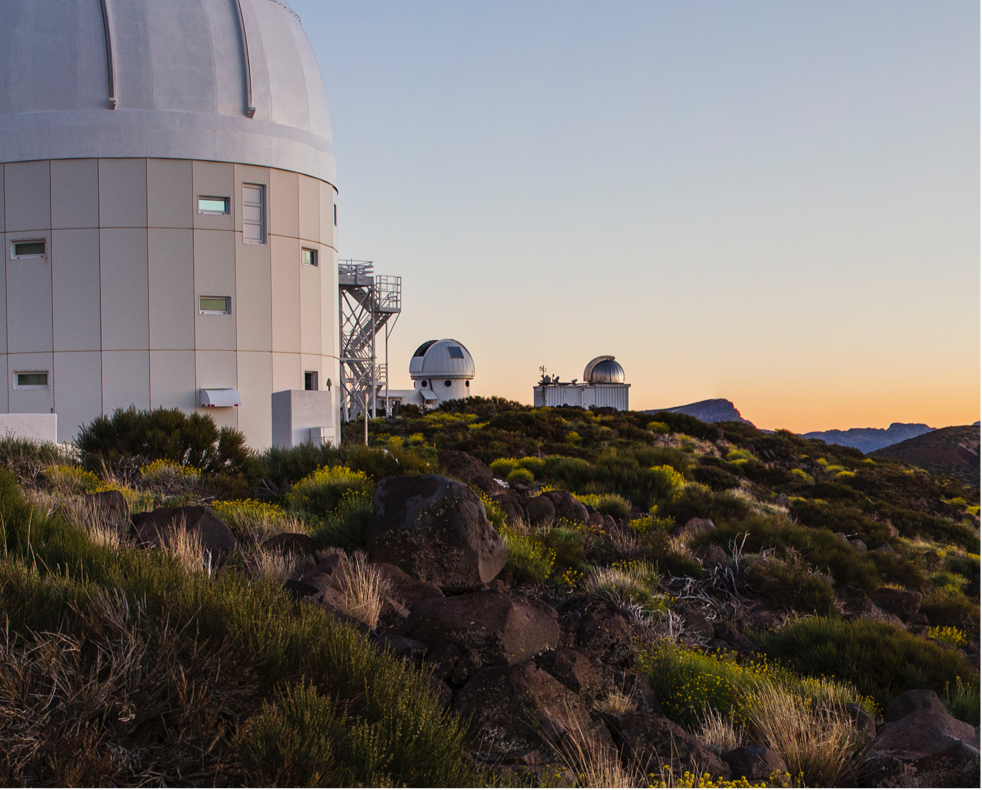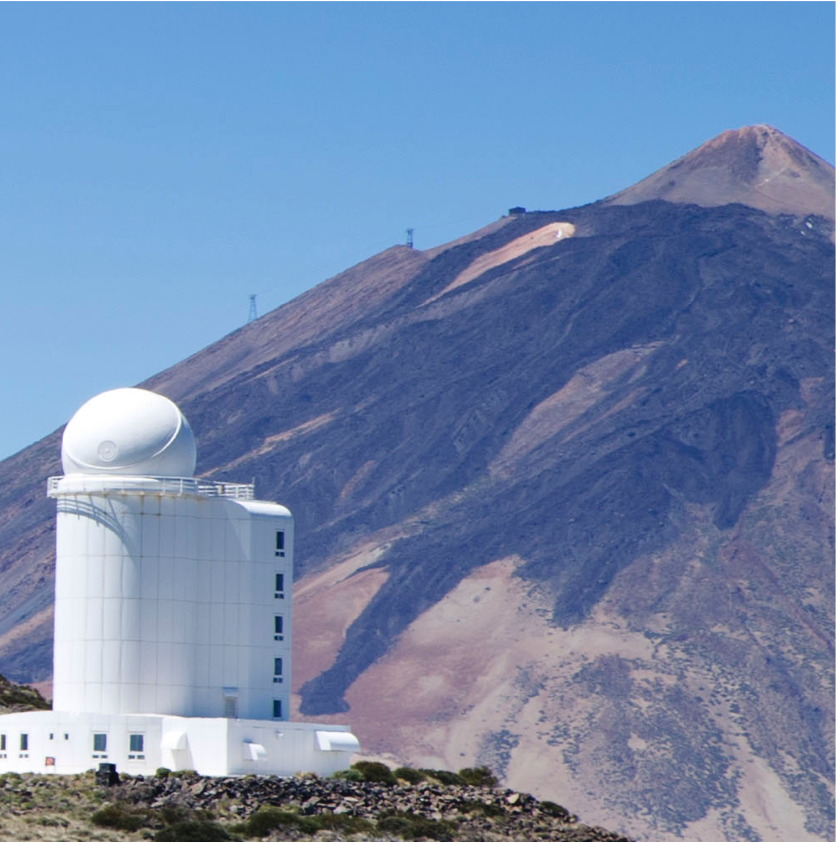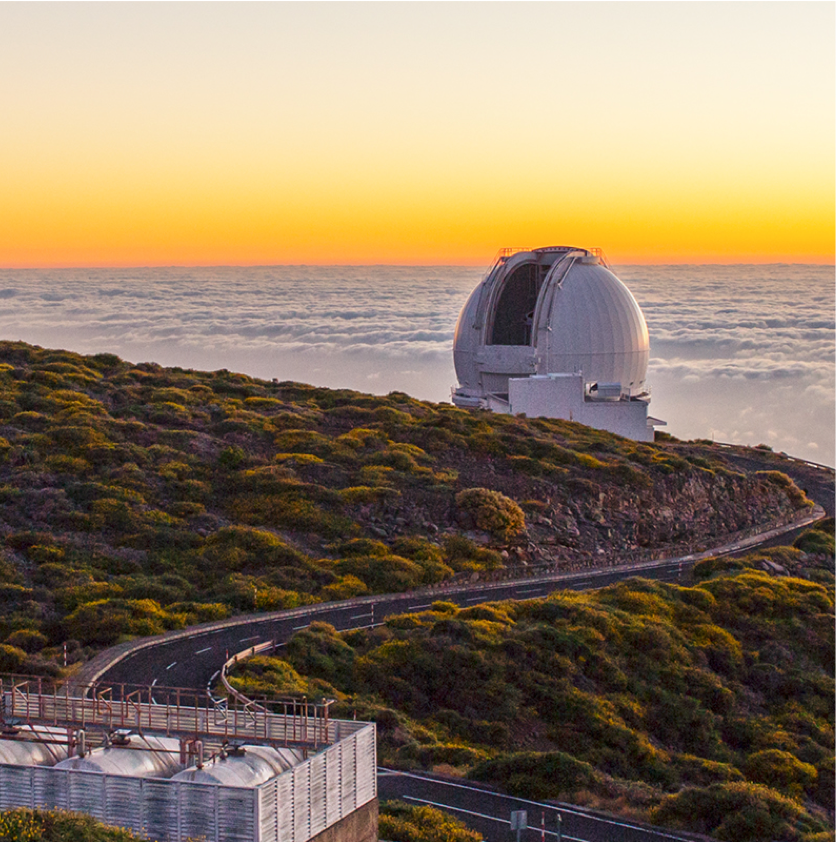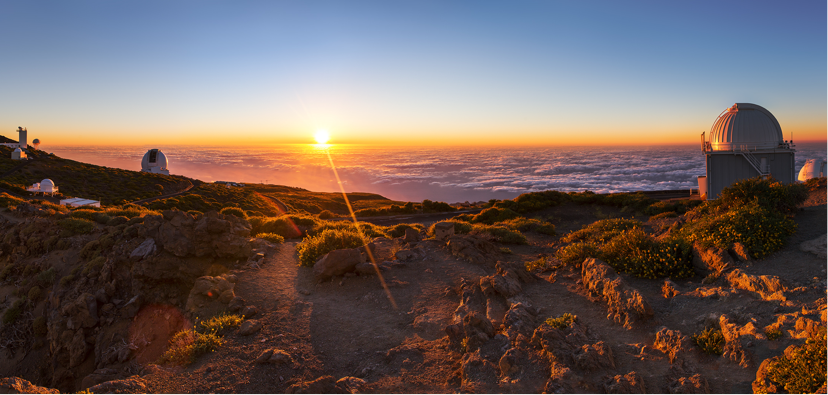
-
 The members of the Comité Científico Internacional (CCI) of the Canary Islands Observatories met today on the island of La Palma. The ISC is the body established in the International Agreements that
The members of the Comité Científico Internacional (CCI) of the Canary Islands Observatories met today on the island of La Palma. The ISC is the body established in the International Agreements that
The Observatorios de Canarias (OCAN), which consists of the Observatorio del Roque de los Muchachos (ORM) on La Palma and the Observatorio del Teide (OT) on Tenerife, contain jointly the telescopes and instruments of about 60 institutions from more than 20 countries. These are the most important collection of observational facilities for optical and infrared astrophysics inside the EU. Other experiments for high-energy astrophysics and the study of the cosmic microwave background complete the battery of facilities available. The excellent astronomical quality of the sky over the Canary Islands – comprehensively characterized and protected by Law – makes these observatories an ‘astronomy reserve’ that has been opened by Spain to the international scientific community since the establishment of the International Treaty on Cooperation in Astrophysics in 1979.
Different time allocation committees (TACs) award the telescope time available at each installation. Seventy-five per cent of this time is generally allocated by the national community or consortia of the countries that own or operate the telescope. Five per cent is allocated by the International Scientific Committee (CCI) to large international teams carrying out major observational projects, and the remaining twenty percent is allocated to Spanish researchers by a TAC managed by the IAC. This time is the principal scientific return that the host country receives under the Agreements on Cooperation in Astrophysics and are therefore the most productive and lowest cost terrestrial scientific resources available to Spanish astrophysicists. The telescope time is the main service provided by the OT and ORM, as well as providing a first-class platform for installing, testing and operating state-of-the-art infrastructures for astrophysical research.
In representation of the Spanish State, the Instituto de Astrofísica de Canarias (IAC) is responsible for the administration of this Singular Scientific and Technical Infrastructure (ICTS). The IAC provides both basic and advanced infrastructures to the international organizations, as well as managing the aforementioned 20% Spanish time. As a research centre of international prestige, the IAC contributes greatly to the scientific exploitation of these facilities.
Astrophysics in the Canaries began on the island of Tenerife, at 2,390 metres above sea level, above the “sea of clouds”. The first telescope was devoted to the study of the zodiacal light.


At the edge of the Caldera de Taburiente National Park, at 2,400 metres above sea level, on the island of La Palma, there are some of the best telescopes in the world, among them the Gran Telescopio Canarias (GTC).


The mission of the Observatorios de Canarias, is to provide and maintain state-of-the-art observational facilities for pioneering research in astrophysics and cosmology, as well as ensuring the provision of natural conditions, and technological and logistical support within a framework of international collaboration. The Spanish Government has awarded the Observatorios de Canarias the distnguished status of Special Scientific and Technical Infrastructure (ICTS, according to its Spanish acronym)
The goal of the Observatorios de Canarias is to become one of the best astronomical reserves in the world, promoting the installation and operation of top level research infrastructures, permitting the Spanish scientific community to strengthen its leadership in astrophysics and favouring synergies with other major research infrastructures